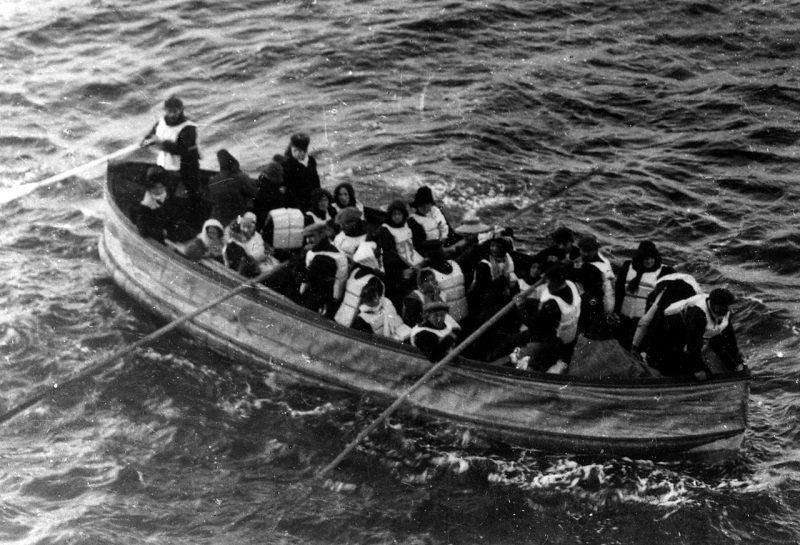According to the recently recovered passenger records from RMS Titanic, the third class passengers who died when the liner sank were dumped back in the freezing waters so that the bodies belonging to the higher classes could be saved.
The crew of CS Mackay-Bennett, the ship that recovered the majority of bodies from the cold Atlantic waters, was overwhelmed with the operation and they came up with a tough solution — to bring aboard the bodies of first and second class and cast the poorest passengers back into the ocean.
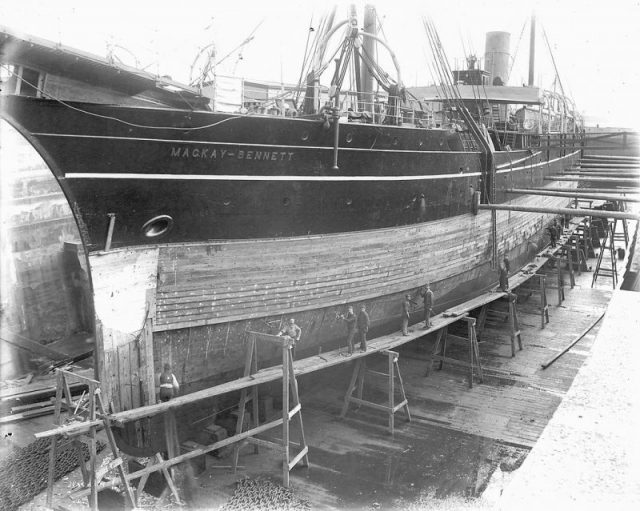
The recovery of the bodies lasted from April until May 1912. The criteria for distinguishing the rich from the poor were the clothes they were wearing, and what they had in their pockets. The Mackay-Bennett crew kept records of what they found on each body, and if it belonged to a first or second class passenger, it was embalmed and stored for the journey back.
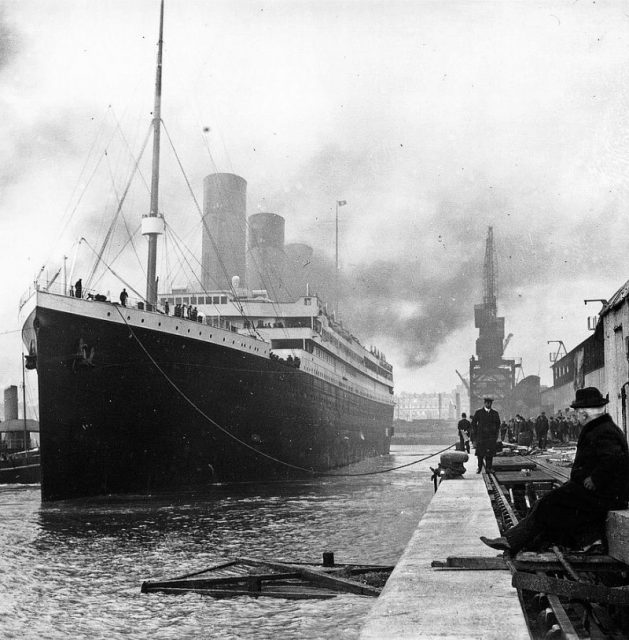
Although it sounds cruel, the crew on Mackay-Bennett didn’t bring the decision out of carelessness for the passengers, but because of the circumstances of the time. They had a very limited space while embalming materials were also in short supply.
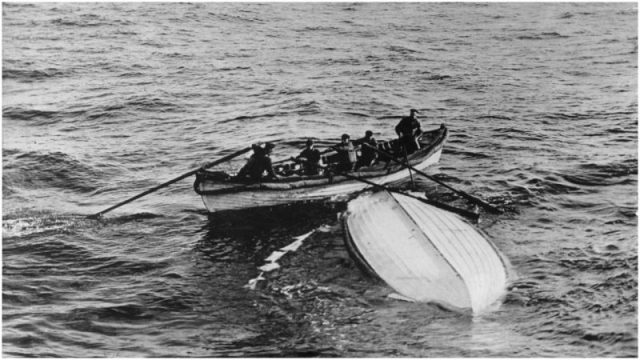
The crew was forced to prioritize which of the bodies would be brought back to shore, and they did the simple math. There were 334 bodies recovered of which 116 got buried at sea, most of whom were third-class passengers and crew members.
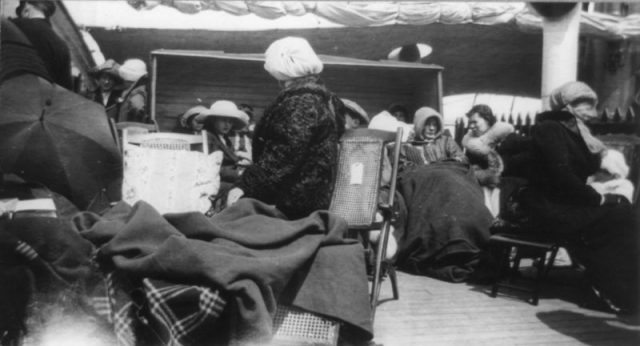
The Daily Echo reported that the people who worked in the offices receiving the bodies were just as exhausted and had to close the offices so that they could take a break.
All this is evident in the 181 telegrams detailing the correspondence between Mackay-Bennett’s Captain, Frederick Lander, New York, Halifax in Nova Scotia, and the White Star Line employees. A total of 209 bodies were brought ashore in Halifax, where a curling rink was transformed into a temporary morgue. It was the place where the bodies were gathered and identified with great diligence and respect by coroners from across the region.
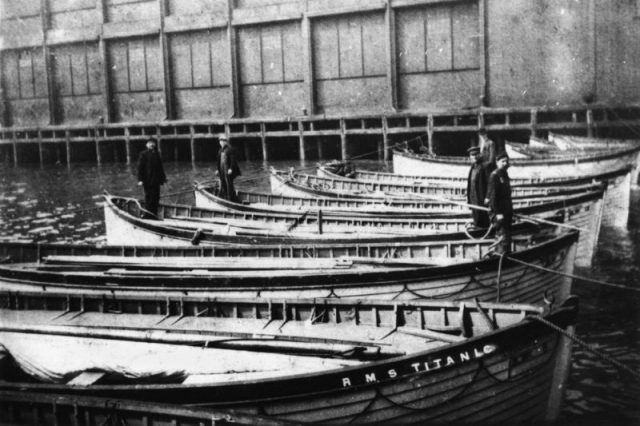
In 1934, White Star Line merged with Cunard Line, and all the documents, including the Titanic passenger records, went into a dumpster.
Luckily, an employee recovered them, and they were kept in his family until 1980 when historian Charles Haas purchased them. It took him many years to restore those documents, and now Mr. Haas has released them on his online site, The Titanic Channel.
The story of RMS Titanic
There is one message sent from Halifax to the Mackay-Bennett which reads: “Absolutely essential you should bring to port all bodies you can possibly accommodate.”
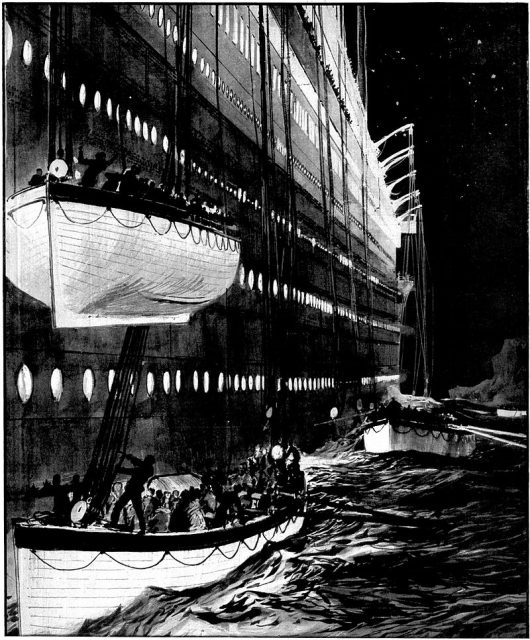
The response of the rescue vessel: “A careful record has been made of all papers, money, and valuables found on bodies. Would it not be better to bury all bodies at sea unless specially requested by relatives to preserve them.”
Read another story from us: The Titanic survivor no one believed was genuine
Just like 9/11, the Titanic catastrophe marked an era, and everyone was touched by it. Regarding the telegrams, Mr. Haas said: “The collection develops in great detail how difficult the process after the sinking was. They candidly show the immense stress everyone involved was under.”
